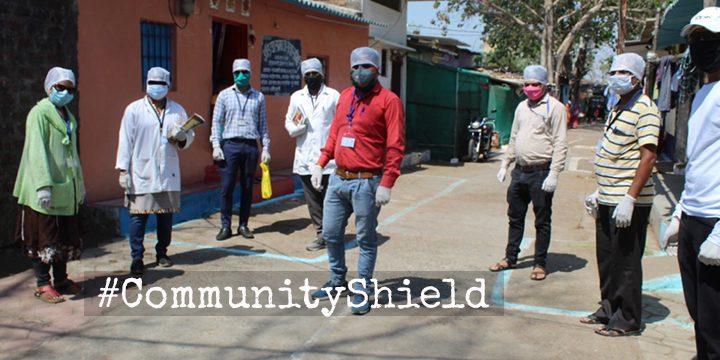System Failure
So many government hospitals have been built in Bhopal since the 1984 disaster, that, as the International Medical Commission on Bhopal (IMCB) has observed, there are more hospital beds per 1000 population here than in the USA or Europe.
The Comptroller and Auditor General's annual reports suggest that excessive commissions, and not concern for victims' welfare, is the real motive for building these huge hospitals that house seldom-used, expensive equipment.
Government initiatives towards identification of survivors have resulted in confusion, corruption and utter discrimination. Consequently there are no credible official figures of the number of victims and the degree and extent of injury. Similarly lacking are systems to document the health status and treatment given to hundreds of thousands of survivors under long-term medical care.
Given the nature of chronic exposure-induced illnesses and the need for continuous medication, systematic efforts towards finding non-toxic drug alternatives or drug-free therapies are long overdue. Such initiatives are even more imperative in the context of the rich possibilities offered by long-established indigenous systems. However, systems of healthcare such as Ayurveda and Yoga that are known to provide sustained relief – without contributing to the toxic load – have been given only token recognition within the official system of medical care in Bhopal. The government budgetary allocation to 'alternative' medical care is under one percent. The Bhopal Memorial Hospital Trust (BMHT) does not recognise 'alternative' therapies at all.
Despite repeated advice from medical professionals, including the IMCB, a community health perspective has failed to inform healthcare delivery among the gas-affected population. Budgetary allocations to community health services have remained under two percent and there are no government or BMHT community healthworkers. As a consequence, such vital areas as health education and community involvement in medical management remain neglected.
While Union Carbide / Dow continue to evade liability for contamination of community water sources, the government has done little to protect people from additional exposure and injury. Both Union Carbide / Dow and the Indian Government are in possession of information on the hazardous and persistent nature of these pollutants, yet no effort is being made to assess the damage, or plan for remediation.
The failure of state government agencies (despite spending over US $43 million of public money) to offer sustained relief has meant big business for private doctors and nursing homes. In the severely affected areas, most of the meagre compensation has been spent on private doctors, nearly 70 percent of whom are not even professionally qualified, yet they constitute the majority of the medical care providers.
The BMHT (originally set up by Union Carbide) has also been found to be prescribing drugs that do more harm than good. Dr Rajiv Bhatia, Medical Director of the Department of Public Health in San Franscisco, audited over 400 prescriptions given to chronically ill patients in the Trust's community clinics with alarming conclusions.
It is indeed a shocking situation – people surviving against the most gruesome odds – a company carrying on with 'business as usual' – a government that is about to close its files on the 'expendable people' of Bhopal – and the prevalent system of health care most probably doing more harm than good.
This seemingly impossible situation provides the context for Sambhavna's existence. Sambhavna is a Sanskrit / Hindi word which means 'possibility'. Read as two words, 'sama' and 'bhavna' it means 'similar feelings' or 'compassion'. Although despair often prevails in Bhopal, Sambhavna believes in the possibility of stopping the medical disaster in Bhopal and that the secret lies in generating compassion.
The work carried out by Sambhavna has demonstrated that it is possible to evolve simple, safe, effective, ethical and participatory ways of performing research, monitoring and treatment in Bhopal. Although small compared to the magnitude and complexity of the disaster, the clinic has provided direct treatment to approximately 35,000 people and given support to a further 40,000 through its health initiatives in over 15 communities close to the Union Carbide factory.

Drug Trials and Scandals
Since the opening of Bhopal Memorial Hospital and Research Centre in 2001, the hospital, as well as several other government health facilities in Bhopal, have been linked to a number of dangerous drug trials and other scandals.
BMHRC Accused of Illegal Drug Trials
In 2011, the Bhopal Memorial Hospital and Research Centre was accused of conducting illegal drug trials on gas survivors.
Bhopal's Community Shield
During the coronavirus pandemic, Sambhavna's community health team, along with a team of more than 200 volunteers from the surrounding communities, have undertaken a mass campaign of awareness raising, screening and testing to protect vulnerable gas survivors from the effects of Covid-19.
Bhopal's Community Shield
The heroic efforts of the Sambhavna health team and local community volunteers have helped protect thousands of survivors from the spread of Covid-19.



